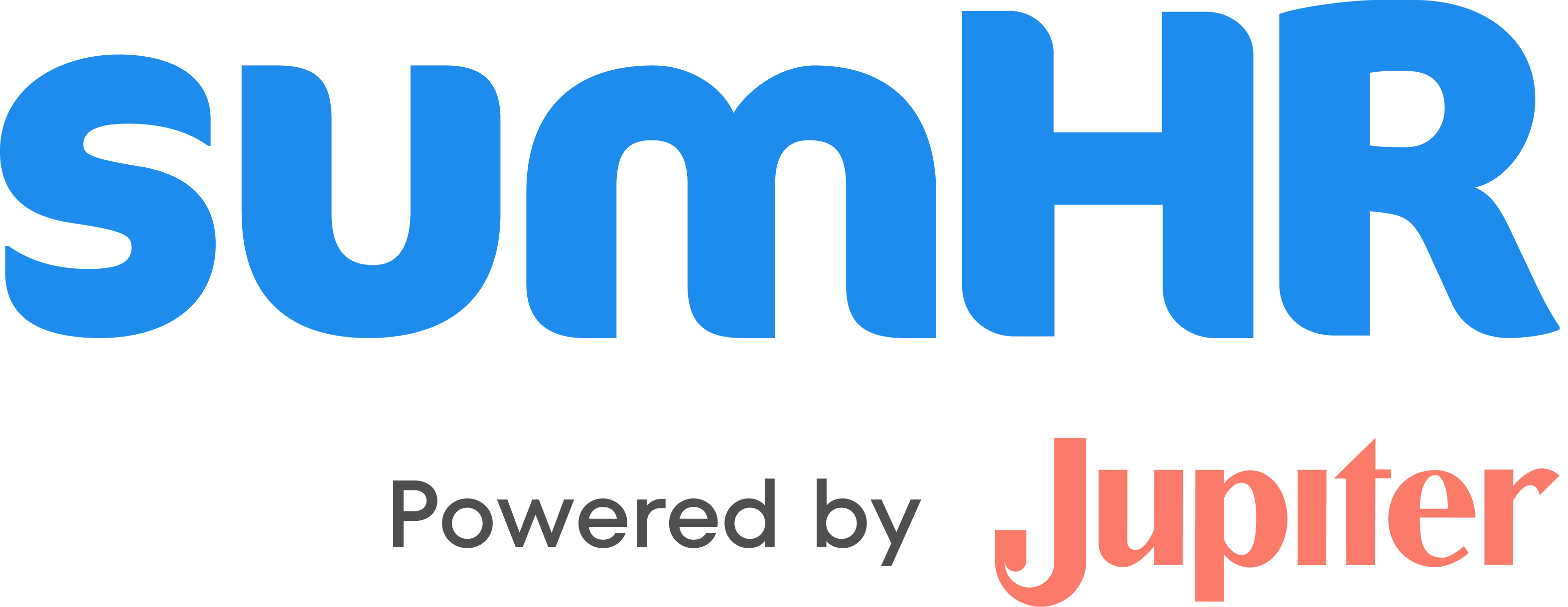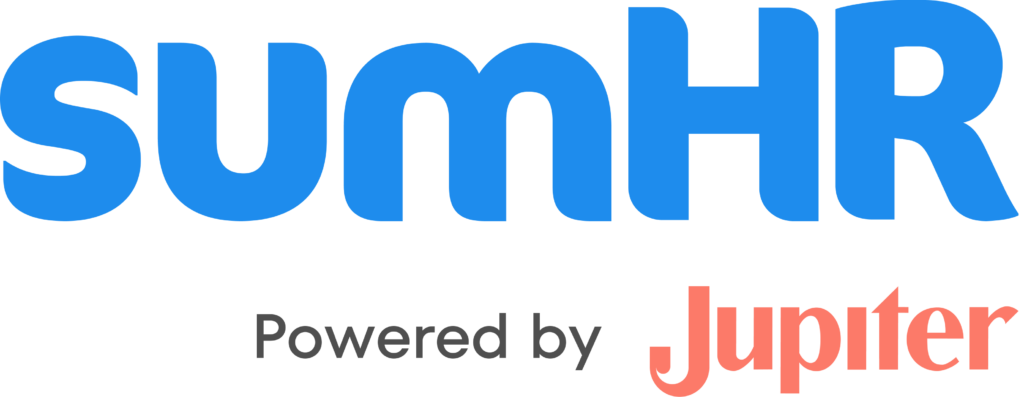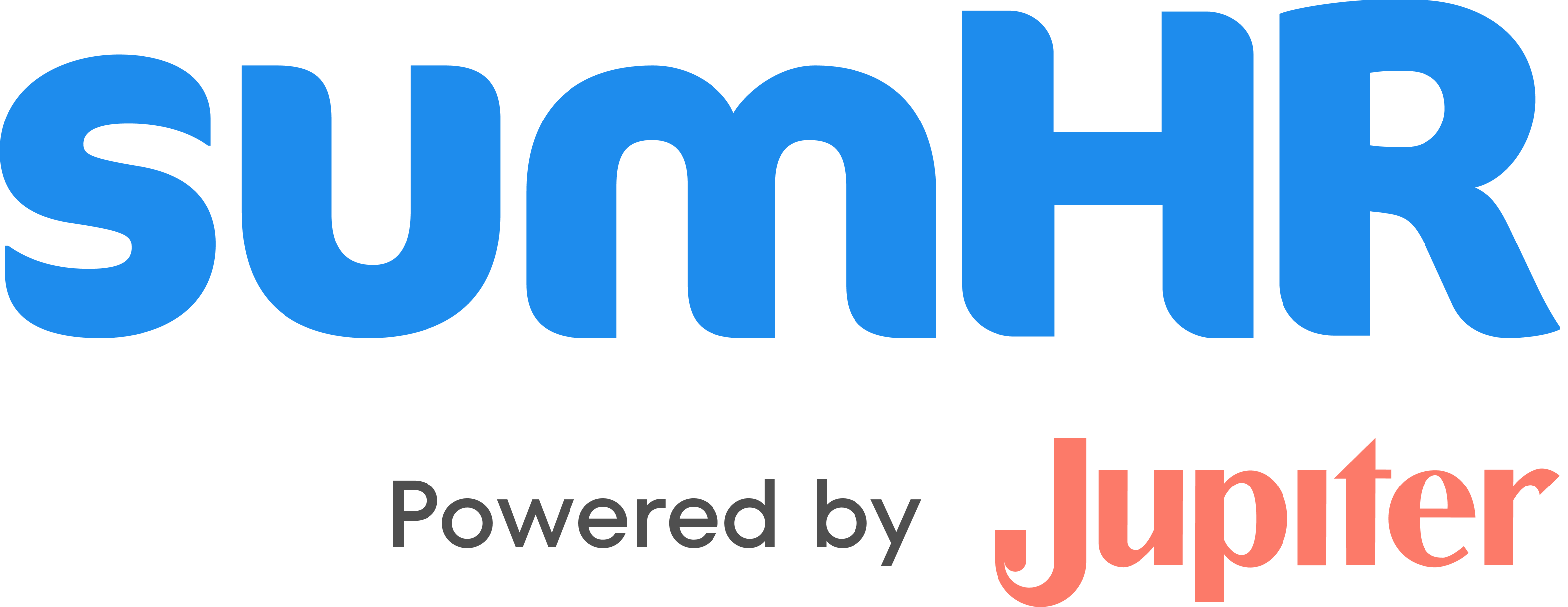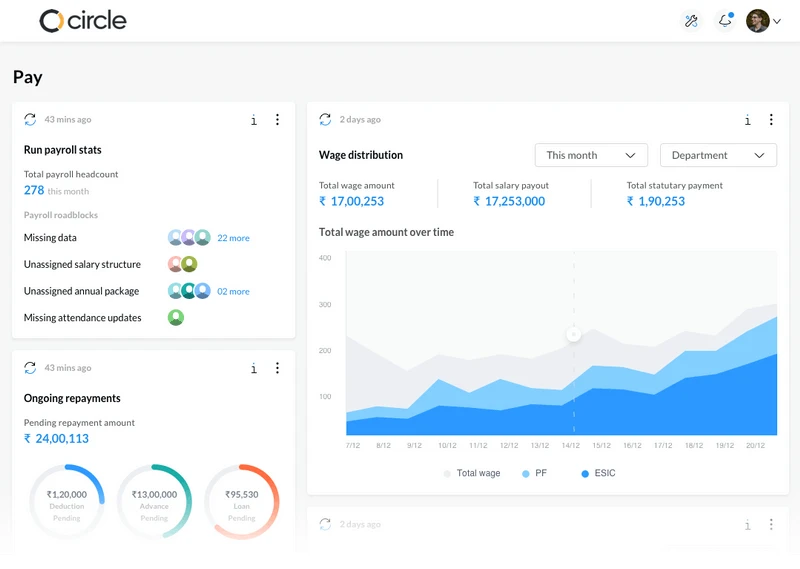After starting up, every entrepreneur dreams of finding the right people who will believe in her idea, passion and vision. Be it the big-shot hires acquired from top companies to the freshers placed from best colleges in India, every employee becomes an integral part of the startup and his/her work has the potential to create a direct impact on its success probability.
As an entrepreneur, over the last 7 odd years, I have worked closely with more than 100 employees to experience the best and worst of human behaviour at work. A couple of years ago, when I was working on our Payroll features, I came across lot of accounting terms which struck an idea in my mind when dealing with employees – to categorize them into 3 types – Assets, Liabilities and Operating Costs.

Let me first clarify that all my people are important to me, but classifying them in these categories has made my understanding of their strengths, weaknesses, passion and above all, their relevance to my startup a lot easier. Now I’m able to keep them better motivated, challenge them with diverse opportunities and sit with them for a heart-to-heart discussion whenever needed, only because I observe, evaluate and gauge them in such a way. Believe me, this process has made my life simpler, and the tasks of my HR team far easier.
Without further ado, let me take you through my theory of different kinds of employees every startup has.
Asset
Technically, an asset is a resource that is of an economic value to the organization. In terms of human resource in an organization, an asset is an employee who is obviously of significant value to your startup. Let me dig a little more and show you how I identify if an employee is fit to be called an ‘Asset’.
Who is an Asset? An employee who…
– Believes in ‘getting shit done’.- Is characterised by pretty much every positive virtue around ‘self’ – starter, motivated, managed.- Mostly, never feels the Monday blues. In fact, she would be beaming with energy, ideas and solutions on Monday mornings.- Is passionate about the company’s vision, genuinely believes in what she’s working on.- Rises to the occasion irrespective of the day, time or situations; doesn’t mind putting in the extra hours on weekends or burning the midnight oil.- Always seeks improvement in herself and in the organization.- Never thinks twice before stepping up to help colleagues in need, in spite of her packed calendar.- Delivers ‘X + 1’ when you expected only ‘X’, almost every time.- Stays organized, ready and prompt in action. ‘To-do’ list is her best friend at work!- Takes initiatives as if it comes naturally to her. She not only gives ideas but sees her projects through till the end, viz. Owns and executes them!
7 Tips for startups – How to retain and nurture Asset Employees
- First up, make it clear to her that she’s an asset to the organization. Be expressive and don’t keep that attention away from her.
- Trust her with more responsibilities, projects and assignments. Show her that you have faith in her abilities.
- Don’t pressure her for performance, if she’s an Asset already, she’ll deliver.
- Be an enabler to her progress. Give her tools, time and trajectory to focus on her results.
- Make her part of the core-team or involve her in decision making, number crunching and keep things transparent with her. This is the best way to infuse a sense of belonging.
- Applaud and reward her at every opportunity. Give her the potion to continue doing great.
- Employees of this type often look for more variety of challenges and don’t prefer to stay in one place for too long. So, keep diversifying her role, and give her leadership opportunities to execute her responsibilities better.
Special Note:
You may call me a ‘dreamer’ for listing (or expecting) these qualities in an employee but I assure you people like this do exist – well, yes, one may not have all the traits I’ve listed above, but even a combination of some of these characteristics can be a big boost for your company’s future. And if you’re lucky enough to find people like this, you now know what you should do about it.
Operating Cost
In accounting terms, operating costs are those which a business needs to incur in order to continue its routine ‘operations’, something it cannot do without. So, naturally, people who fit into this bracket are those who are always quietly busy working, are necessary for you to run your work and they yet are not performing to their optimal best.
Who is an Operating Cost? An employee who…
– Is a diligent worker bee. You will always find her sitting at her desk making a PowerPoint presentation, on the call with a client, or jotting down notes in a meeting.- Delivers what she has been asked to, maybe less than X sometimes but never more.- She usually works by the clock, comes on time and leaves as soon as her shift ends.- In between projects, she will show sparks of potential by giving meaningful insights but then gets stuck with everyday operations or lack of drive.- She is mostly concerned about and only committed to her specific part in the whole process. What’s happening before or after isn’t something she will bother much about.- Her motivations are more external and internal, for instance, paying the bills or waiting for the annual appraisals for the standard hikes. No fancy dreams and definitely nothing enthusiastic.- Learning something new is not so much on her agenda, even if she has time to spare or if she’s finished her work before D-day. She’d much rather chill quietly with a coffee in the cafeteria than ask for more work.- She won’t be too keen to raise her hand when asked to pitch in for a new project or help other teams with their projects. She would do it, if she’s instructed to do so, though.- You can’t bet on her to do magic or turn things around on a project or even be your go-to person in crisis.
7 Tips for startups – How to turn around Operating Cost employees into Assets
- She is a very good resource and will mostly continue to be so but it’s your responsibility to turn her into an Asset, or at least try your best at it.
- Given the right direction and motivation, and a heart-to-heart chat about what you think could turn things brighter for both of you.
- To begin with, you can sign her up for more trainings, workshops and self-development activities to get her kicked for bigger projects.
- Give her a sense of ownership and prepare her for a larger role by making her handle independent projects, and give that extra bit effort (from your end) to encourage her.
- Sit with her and address her concerns, give her the attention she will need during this phase of transition. Understand what’s stopping her from not giving her very best. Assure her of all kind of help she needs from the organization to do well.
- Never underestimate the power of appreciation. Applaud her efforts the moment there’s an opportunity and you’ll most definitely see a direct effort on her energies to move forward.
- Analyse her strengths and strong areas at work, and play them up by giving her a diverse portfolio of work.
Special Note:
Generally, I’ve noticed that this set of people is the largest in most organizations. They’re probably lost or overwhelmed with the troubles of life and just want to get through with the day, without aiming for anything higher. They’re not emotionally connected to your vision much, or even bothered if the company achieves its goals. However, some of them are like unpolished diamonds hidden amongst the rocks – which can shine if you spot them at the right time and polish them in the right way.
Liability
A liability is a debt that arises during the course of running the business. It’s that aspect of your business which you either get rid of sooner than later. In terms of people, they are the ones who are not contributing much to the growth of the company and are the lowest on the motivation graph. However, it doesn’t always mean that you have to show them the door. That’s what I have learnt from my experience.
Who is a Liability? An employee who…
– Almost always walks in late and walks out early (or at least looks for a reason to).- She’ll hardly try and eventually always fail to meet your targets, deadlines or simplest of expectation.- Can mostly be seen chilling in the cafeteria, catching up on gossip around the water cooler, or spending more than required time around others’ workstations. Anywhere but her own desk, usually.- Spends her productive time of the day in criticizing everything at work – from coffee to the CEO. Is never satisfied with what’s in her hands (pay, project, leads, etc.) and leaves no chance to express her ‘dissatisfaction’.- Counts-down to leave for the day as soon as she enters office in the morning.- Easily forgets important tasks, projects or even meetings. You will seldom find her organized in carrying out her work.- Almost always has innovative reasons for shortfalls, from family problems to health issues. Most often the reasons will either convince you or compel you to agree, because after all, you don’t want to be that villainous boss, do you?- Will not even do ‘her own bit’, let alone the ‘extra bit’ – basically, you’ll find her attitude more as if she’s doing you a favour by taking up this job.- Rarely completes her own projects, so helping other teams is like expecting a long-shot.
7 Tips for startups – How to handle liability employees with care and caution
- First (immediately) start documenting the concern areas with exact details about each event, to create a good repository in your armour for when the worse time comes.
- Assign her a mentor, preferably a person with a lot of patience and perseverance, who can look out for her, guide her, give her sincere feedback and steer her towards working better.
- Once there’s enough in your repository of concerns, schedule a review meeting and clearly outline each point where you’d like her to improve, and ensure to set your expectations clear by the end of the meeting.
- Not only this, but also assign a fixed deadline by which she needs to overcome the shortfalls and show quantifiable results. I call this period (from the meeting until the deadline day as a ‘Turn Things Around Mission’).
- Conduct weekly one-to-one sessions to show her that you’re watching her work closely, understand what her concerns are with respect to work and if something can be done from organization’s point of view, do that to make her realize that you’re working towards her goals too.
- For employees like this, it’s better to ensure every communication is documented. Don’t leave any chance for her to come back with a ‘reason’ supporting her lack of performance.
- As the D-day of her ‘Turn things around’ mission arrives, gather all your expectations vis-à-vis her performance and sit down to take your decision on her future with your organization.
Special Note: I’ve burnt my fingers several times before learning to be firm and unemotional with employees in this category. Some things that can fuel the rise in the number of these employees could be ineffective managers, lack of vision, deteriorating office culture other than the very nature/attitude of the employee herself. But one needs to be objective and strong-willed to take decisive actions when dealing with anyone like this. In fact, the risk of letting go of a wrongly adjudged liability employee is far less than retaining a real liability employee in the name of ‘benefit of the doubt’, after more than 1-2 last chances.
Conclusion for Take-away
Some of you may think that this whole ‘view’ of looking at employees from an accounting perspective is very inhuman or heartless, but I beg to differ. When you’re striving day and night to build a strong and scalable business that delivers value to its customers, it’s important to maximize every resource at your disposal – and HR is the biggest section of resources and perhaps the most expensive ones too!
Disclaimer: Please don’t take these points as a check-list of any sort. It’s merely a guideline to keep your eyes on the look-out for, and observe. A person doesn’t have to necessarily fit into all points in any section to qualify as an Asset or Liability, etc.
The key here is to:
* Identify your assets – make them stronger* Optimize your operating costs – extract maximum value out of them* Cut-down your liabilities – before it’s too late
And while you’re at it, don’t forget to treat every employee based on her strengths, analyse where she can improve and help her change for the mutual benefit of her self and the startup. Don’t shy from giving them second chances, but at the same time don’t get bitten twice. It is easier to let go of difficult people (that’s a short term solution to an almost always recurring problem) but the real challenge lies in getting the best out of people even if they’re difficult.
End transmission…
PSsst: While you manage your people, sumHR can help you manage your HR processes better with its automated Payroll and Attendance Management Software. For a free demo, call us at +91 9222213195 or sign up at signup.www.sumhr.com








